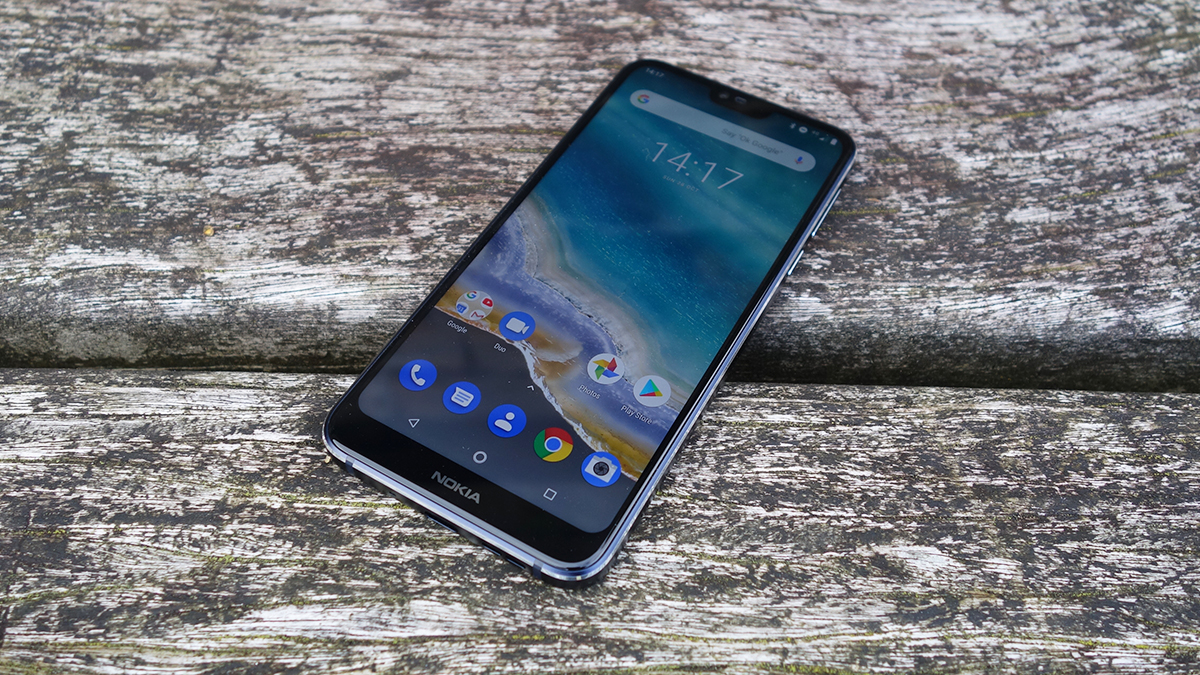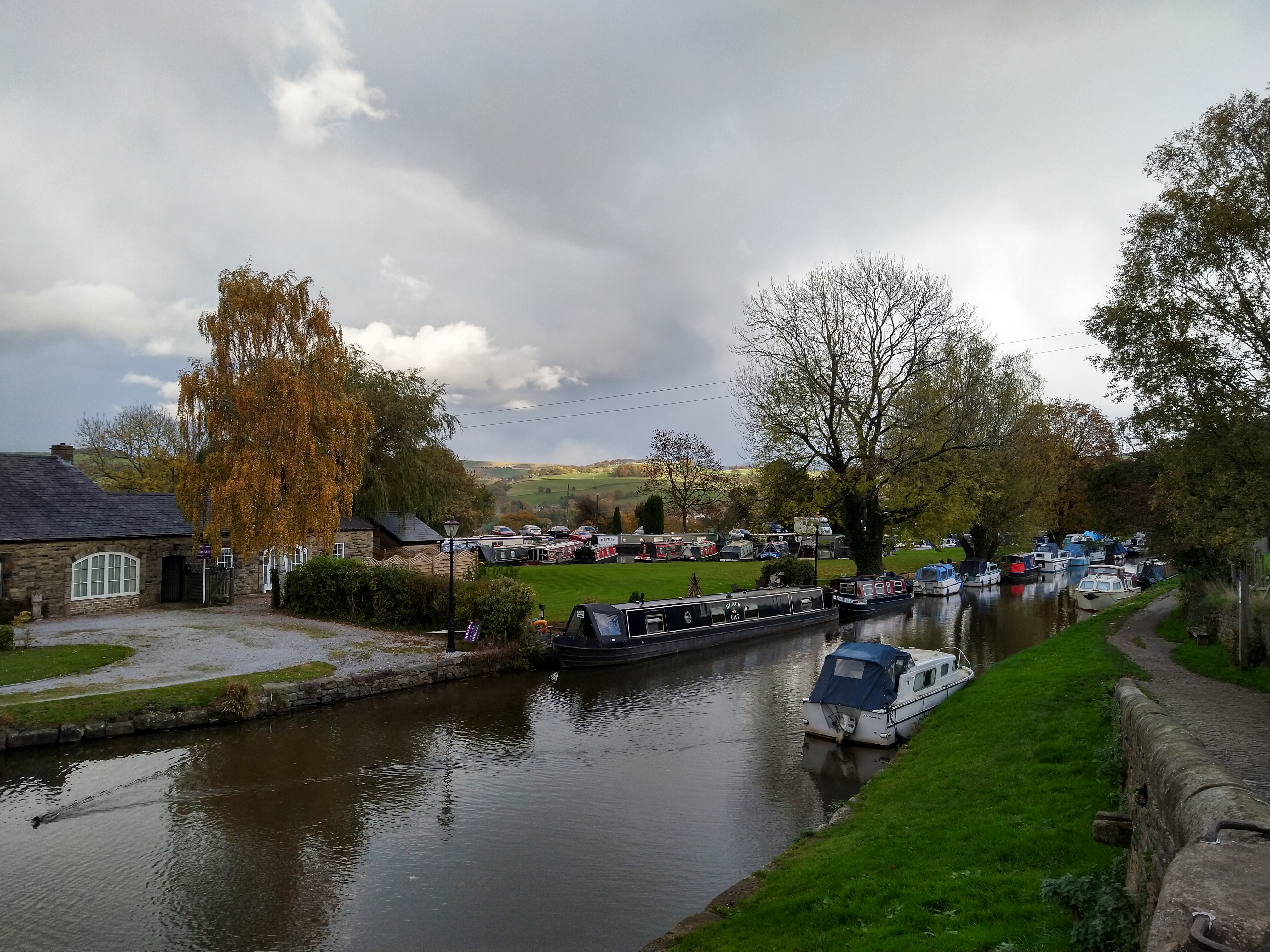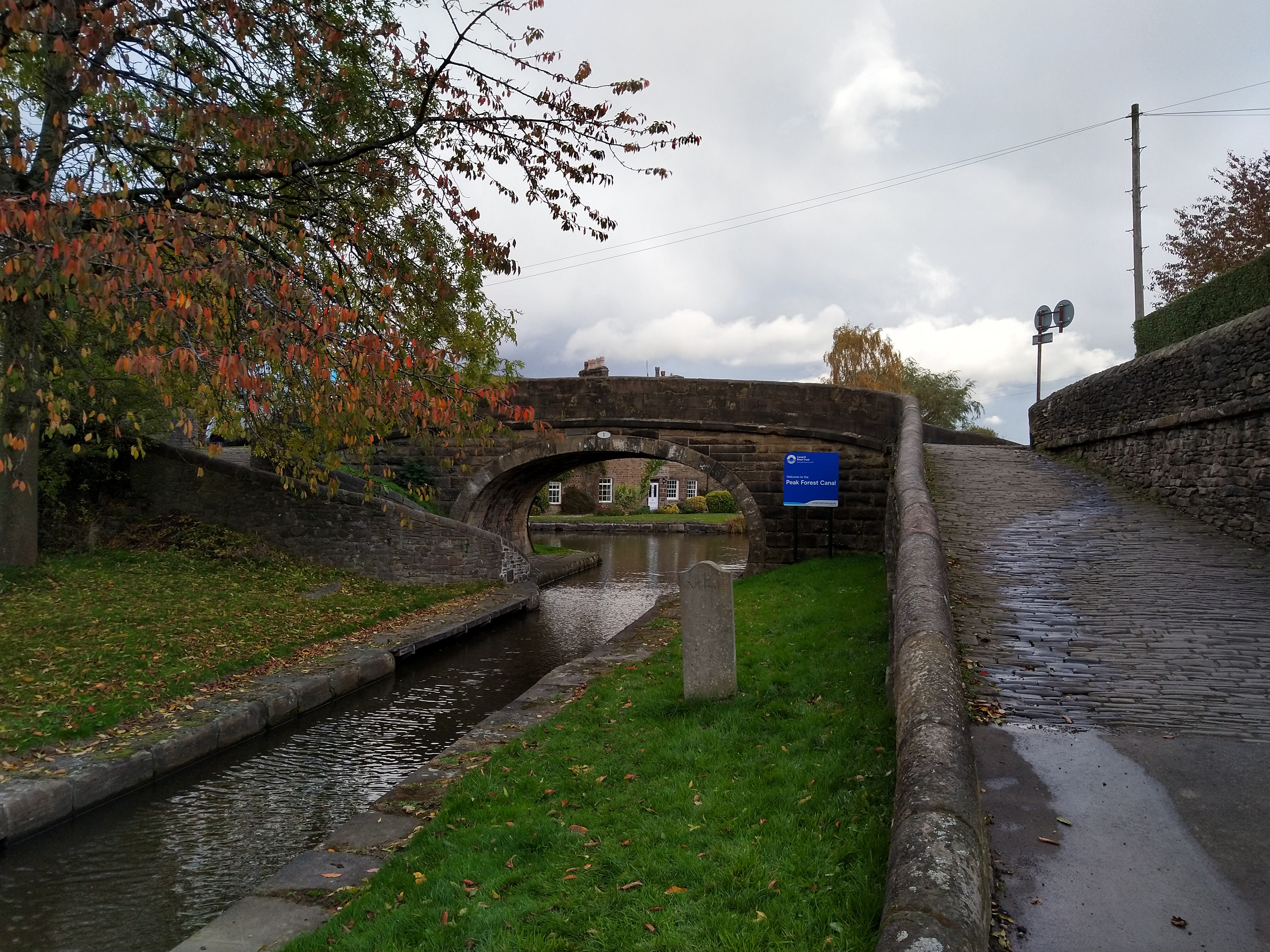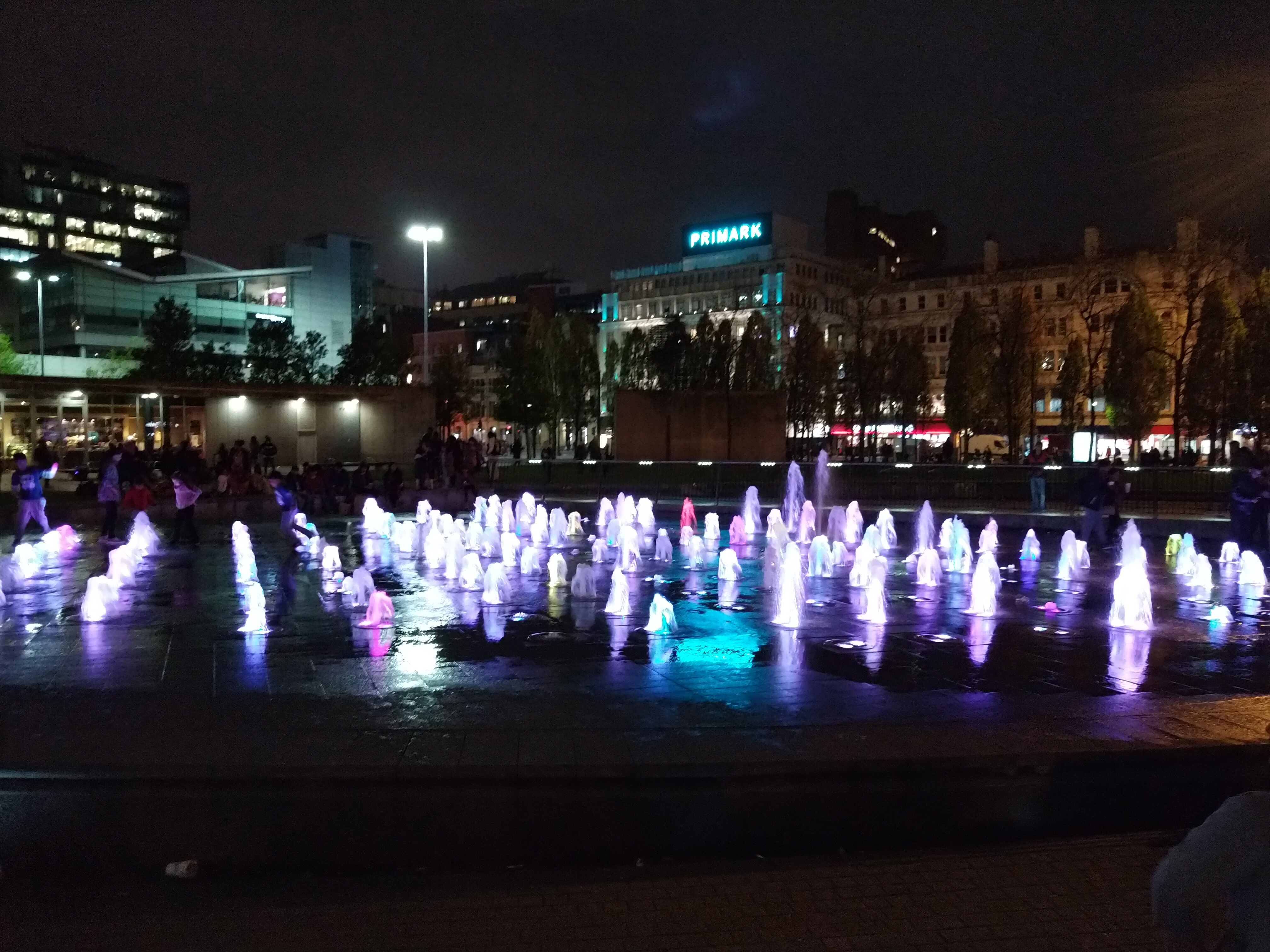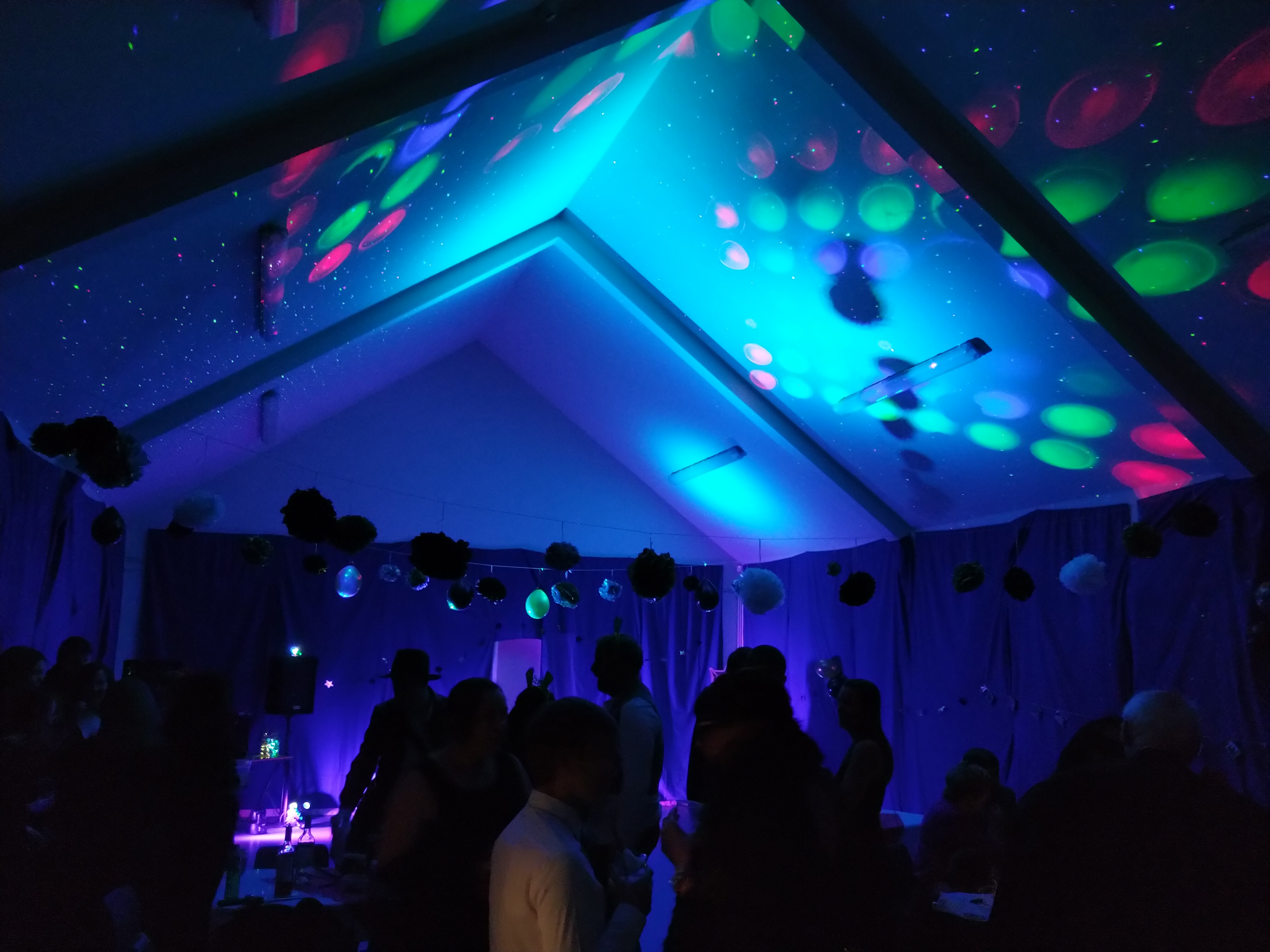Why you can trust TechRadar
Battery life
- Battery life just about satisfactory
- Demanding apps are a problem
We spent a week using the Nokia 7.1 as our main phone and can report always having a buffer of juice left at the end of each day – as high as 20% on some days.
That said, we weren't making extensive calls or using GPS all that much, so we're talking pretty light usage here. Plus, the usual caveat applies – this is a new battery in a new phone, so some degradation is likely over time.
If you're on your phone all day you might be scrabbling for a charger come evening time; if you easily forget you've got a phone during the day, you might even squeeze a day and a half out of this.
That's broadly comparable with most phones on the market today though, so the Nokia 7.1 neither stands out nor falls down on its battery life – as indeed the 3,060mAh battery size would suggest.
In the official TechRadar battery test, running a video on screen for 90 minutes, the battery level dropped from 100% to 70%, which is poor – the Samsung Galaxy Note 9, with its huge 4,000mAh battery, only dropped to 88%. The Nokia 7 Plus dipped to 82%, meanwhile, and the Moto G6 Plus to 80%.
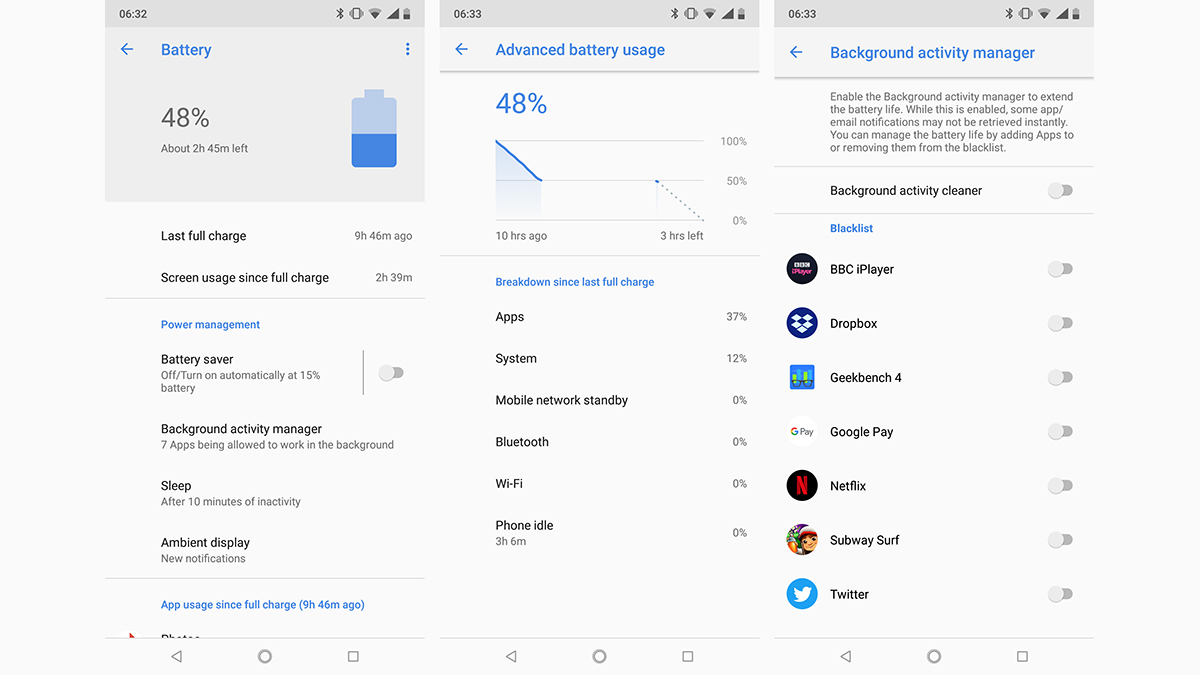
That backs up our day-to-day findings – a bit of charge at the end of the day with light use, but relatively rapid depletion if you're gaming, watching video, or something similar. If you're on a long flight you run the risk of going from a full charge to zero if you're binge-watching your favorite show.
We tried an hour of BBC iPlayer and the battery took a 20% knock – admittedly on full brightness with Bluetooth and Wi-Fi on, but if you're on your phone all day, you might need to manage battery life carefully.
As with every version of Android, Android 9 Pie brings some extra battery optimizations, so that could lead to some small improvements in this area when it arrives.
USB-C fast charging is here, a feature which is now available on a pleasing number of mid-range handsets as well as the high-end models.
HMD Global says you can get a 50% top-up in the space of half an hour and our experiments got almost exactly that. There's no wireless charging though, another nod to the handset's affordable price.
Camera
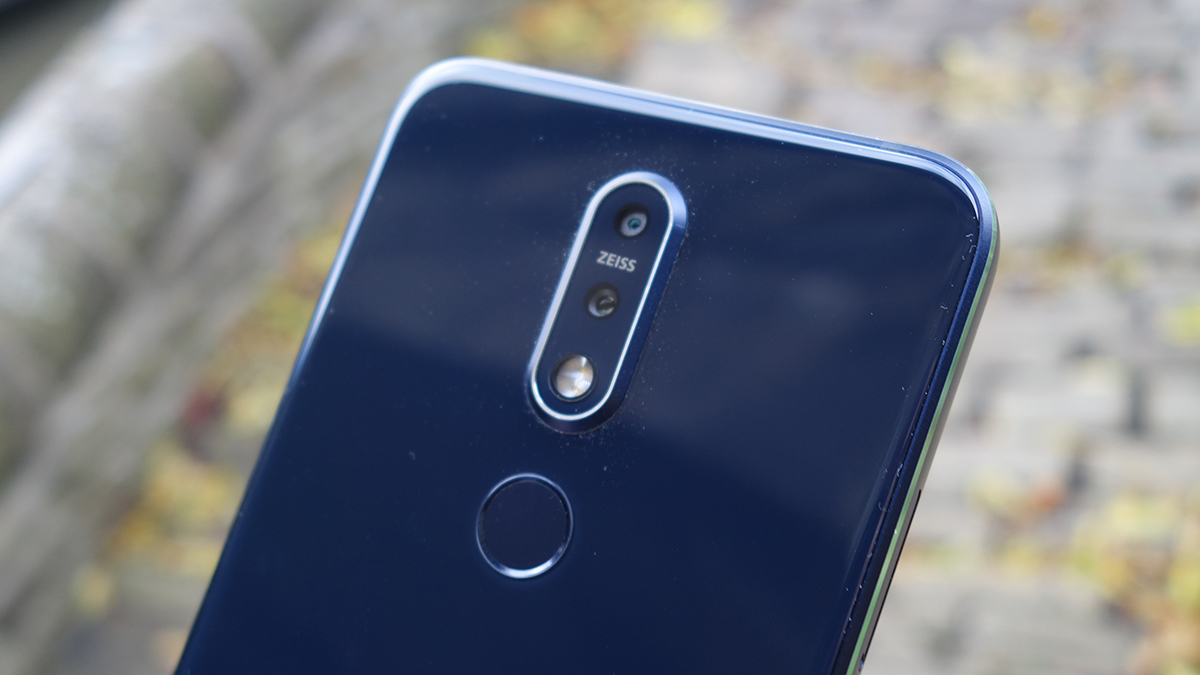
- Handles most scenarios impressively
- Can lose detail and colors
Let's talk about the camera on the back of the phone, a dual-lens 12MP (f/1.8) and 5MP (f/2.4) affair which we were mostly impressed by. Shutter response time is fast, and the phone copes admirably in all kinds of lighting situations.
It's not a rival to the very best phone cameras offered by Google, Samsung and Apple, but we think it gets close enough for most people not to care about the gap – and for a handset at this price that's a notable achievement.
While we can nitpick about slight color blurs and muddy contrast, especially in low-light situations, you really need to zoom in and look hard to find areas where the Nokia 7.1 camera falls down. And if most of your photos are destined for Instagram, you're not really going to be doing that anyway.
Both daylight and nighttime shots came out well with the Nokia 7.1, and it handled close-up objects very impressively too. We do like the Pro mode that gives you more control over ISO and white balance – most people won't use it but it's a nice extra to have.
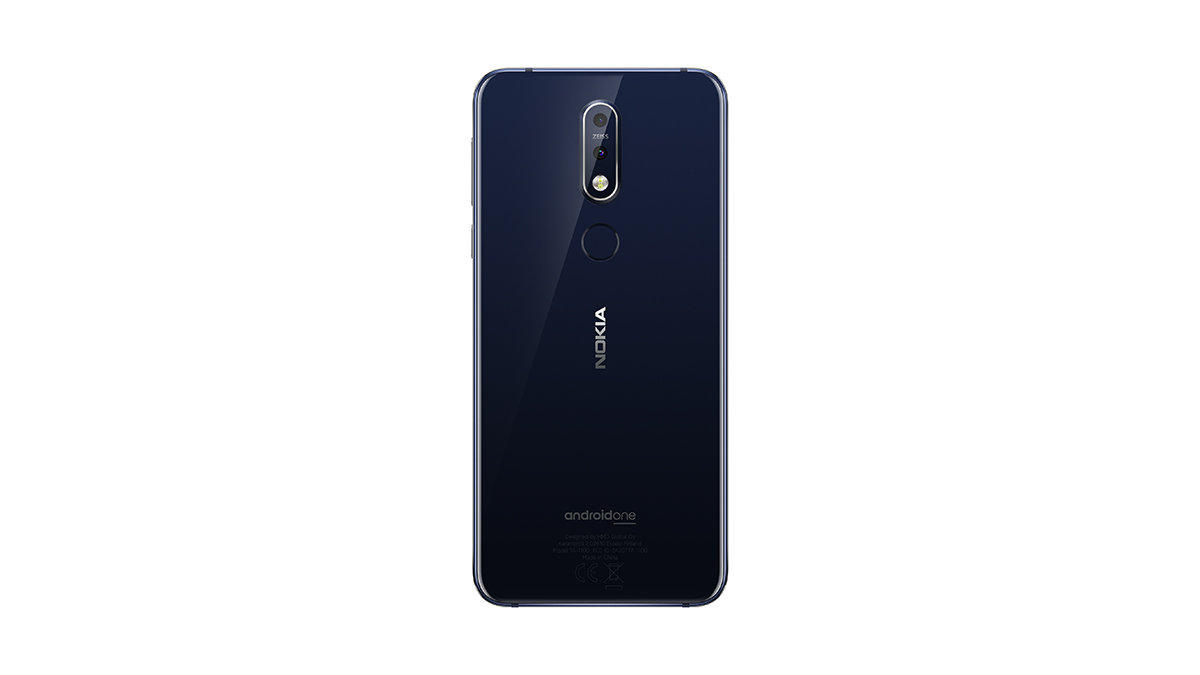
Not only has Carl Zeiss helped with the camera optics, as normal for many Nokia phones, but it's also lent a hand with the image processing algorithms working behind the scenes.
One of the modes where this image processing comes in useful is in the Live Bokeh mode, letting you choose the degree of blur you get behind the main subject of a photo.
We only tested it a handful of times but it seemed to work pretty well: perhaps not the professional, pixel-perfect results you would get in Photoshop, but enough for some smart experiments on your social media feed.
As with the majority of phones on the market now, there's an Auto HDR mode designed to bring out the best colors and contrast from your images by fusing several shots together.
We preferred the results on the whole, though occasionally you lose a slight bit of detail – we left Auto HDR on (as is the default) for all our sample shots.
You can see the samples below, where we'll talk a bit more about some of the results we got. As you scroll through though, you'll notice the Nokia 7.1 does a commendable job even in darkly lit rooms and on drab English autumn days.
Camera samples
We went out shooting with the Nokia 7.1 on a dull, overcast autumn day in England, so it's the general weather conditions rather than the phone's camera that make some of these shots seem a little drab.
But you can tell how the Auto HDR keeps plenty of detail in both the dark and light areas of the pictures: land and sky are smartly evened out. Look at the fourth picture above, which keeps clouds and dark spots (like under the bridge) visible.
Colors are natural and bold, and sharpness levels are good. Take a close zoom into these pictures and the Nokia 7.1 does start to lose a little detail and clarity, but you're still getting some fine photos from a phone at this price point – especially if they're destined for Facebook or Instagram rather than a high-resolution A3 print.
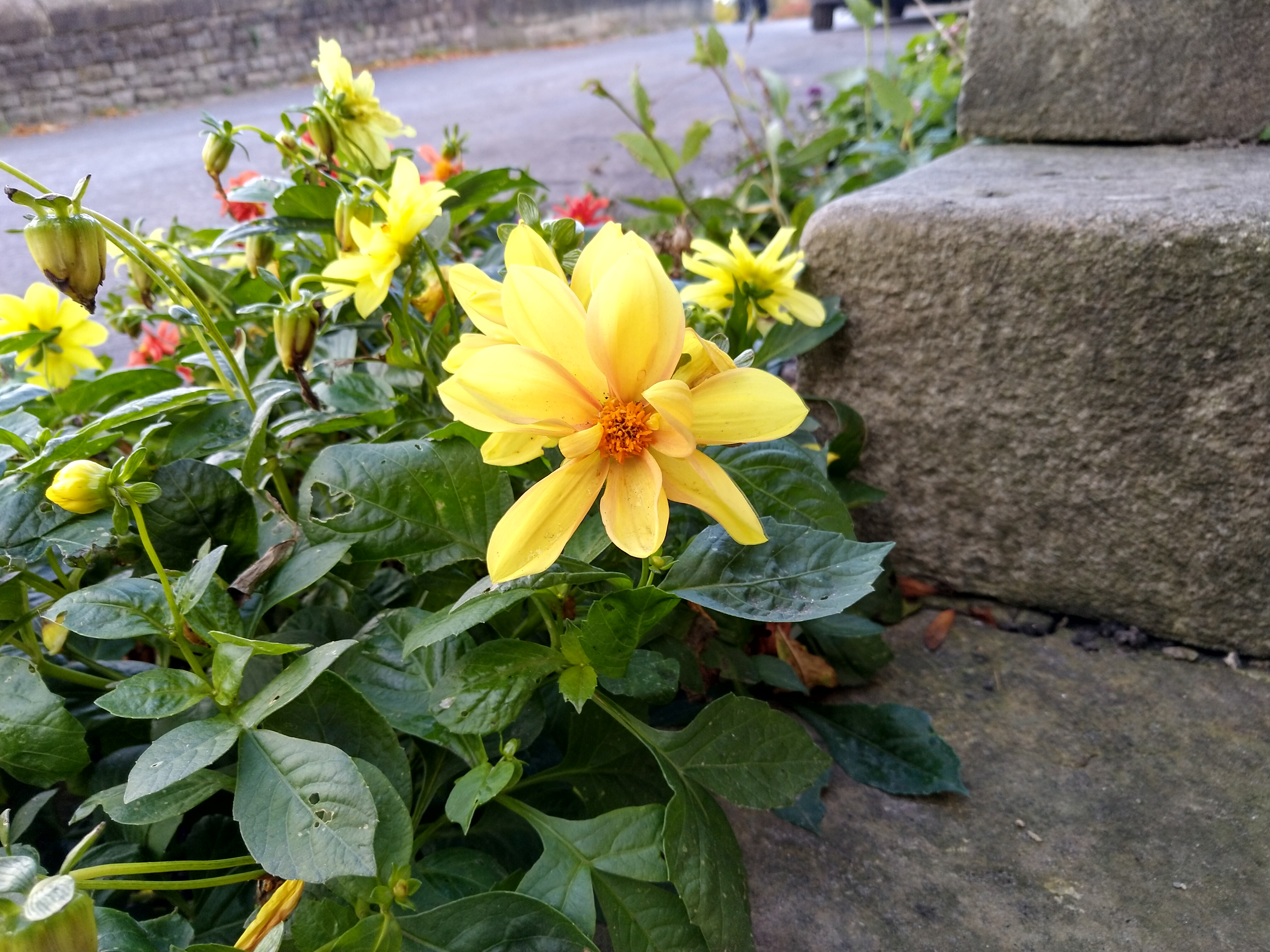
This close-up macro shot gives you a bit of a better idea of how the Nokia 7.1 handles brighter colors. Again, details are clear and sharp, and if you load the original up on a computer you can zoom in quite a way before everything starts to get too fuzzy.
The Nokia 7.1 does well at identifying the main subject of the photo and focusing effectively, and the detail on the leaves and stone steps is very good. In all of these shots, taken in auto mode, the shutter speed is as speedy as you would like.
Here you can see an assortment of night shots taken in and around Manchester, and the Nokia 7.1 clearly does a commendable job at illuminating everything in the scene – and these were all taken with the flash off. You can see both lighter and darker areas clearly, even when illumination sources are at a premium.
Admittedly, a flagship phone that really excels at low-light photography – the Google Pixel 3, say – is going to pick out more details in a darker shot like the final party scene. But we'll go back to what we said before: for most uses, the Nokia 7.1 is going to give you perfectly usable photos even in challenging lighting conditions.
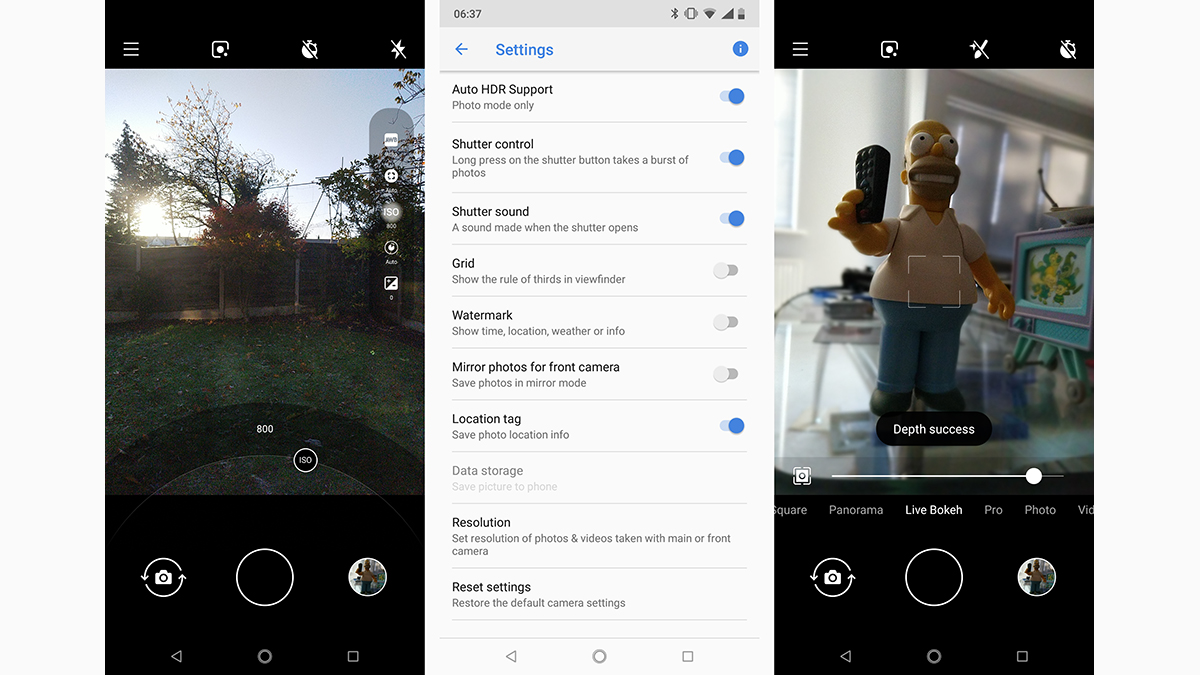
Above you can see the Live Bokeh and Pro modes in action, as well as some of the other camera settings. There are better mobile cameras out there, for sure, but this is much better than you might expect from a phone at this price level.
Current page: Battery life and camera
Prev Page Introduction, key features and design Next Page Anything else I should know?
Dave is a freelance tech journalist who has been writing about gadgets, apps and the web for more than two decades. Based out of Stockport, England, on TechRadar you'll find him covering news, features and reviews, particularly for phones, tablets and wearables. Working to ensure our breaking news coverage is the best in the business over weekends, David also has bylines at Gizmodo, T3, PopSci and a few other places besides, as well as being many years editing the likes of PC Explorer and The Hardware Handbook.
